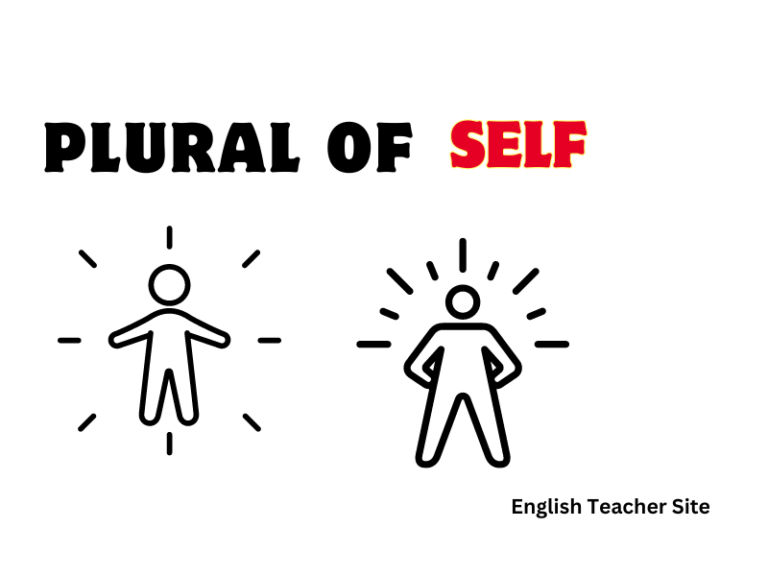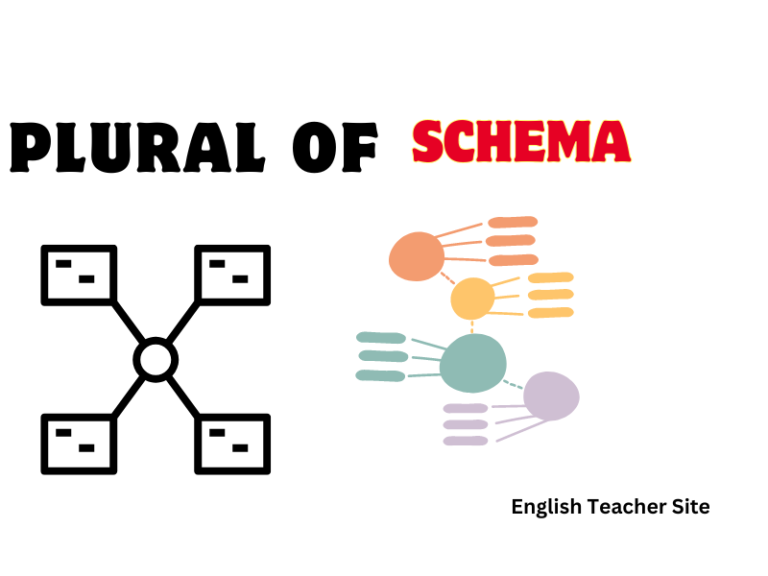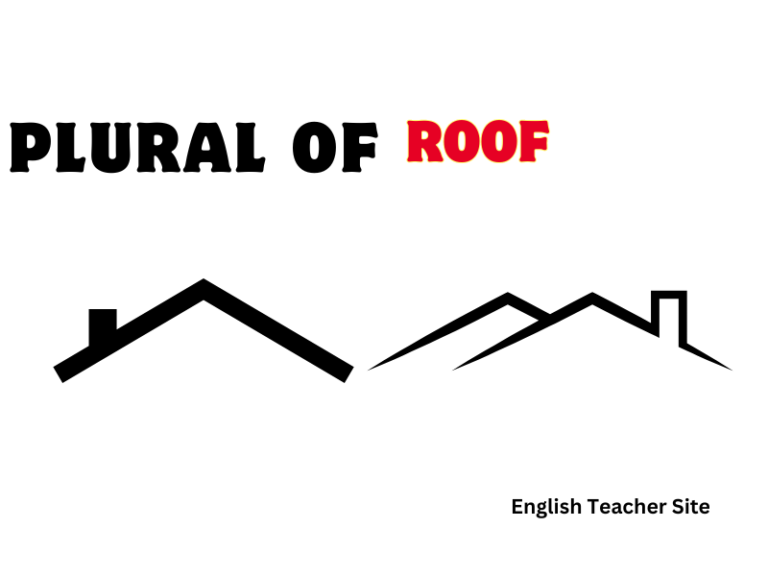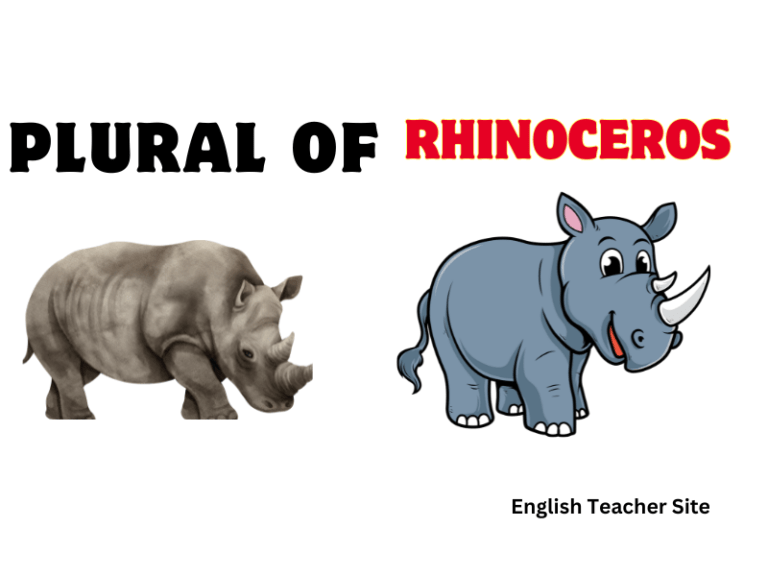What’s the Plural of Shelf: Unveiling the Correct Form
Nouns ending in -f or -fe frequently have a plural form that ends in -ves. Therefore, the plural of “shelf” is “shelves.” This transformation follows a common pattern seen in other English words like “knife” to “knives” or “leaf” to “leaves.” Understanding how to use “shelf” and “shelves” correctly in sentences not only enhances writing…










